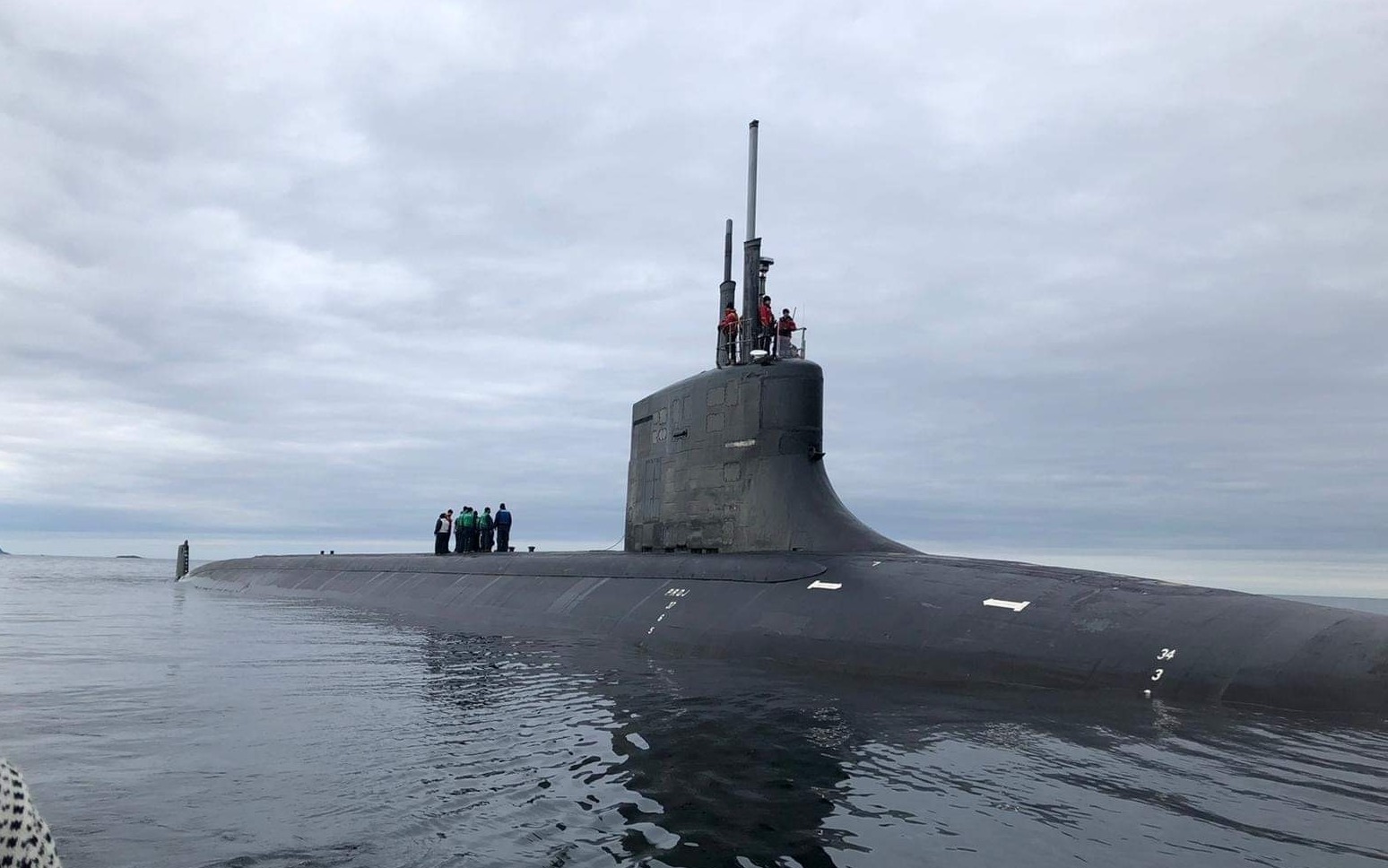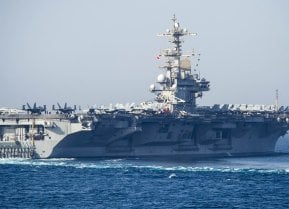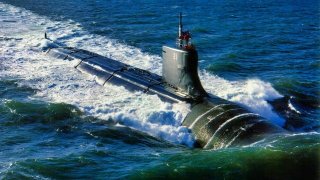A Seamount 'Strike' Nearly Crippled a $3 Billion Navy 'Seawolf' Submarine
In October 2021, the USS Connecticut, a $3 billion Seawolf-class submarine, collided with an uncharted seamount in the Pacific Ocean. The incident, which injured eleven crew members, was attributed to navigational failures and poor risk management.
What You Need to Know: In October 2021, the USS Connecticut, a $3 billion Seawolf-class submarine, collided with an uncharted seamount in the Pacific Ocean. The incident, which injured eleven crew members, was attributed to navigational failures and poor risk management.

-Despite its advanced technology, the submarine was severely damaged and struggled to ascend. The official investigation criticized errors in navigation planning, watchteam execution, and risk management, stating that better decision-making could have prevented the grounding.
-The USS Connecticut has since become a case study in improving U.S. Navy protocols, especially in the face of increasing tensions in the South China Sea.
USS Connecticut’s Crash in the Pacific: A Costly Navigation Error
A few years back, the U.S. Navy released its highly anticipated report covering the investigation into the USS Connecticut’s collision with an 'underwater' mountain in October 2021.
The Seawolf-class submarine hit an uncharted seamount while sailing in the Pacific, causing an extensive amount of damage to the vessel.
While the submarine was able to power its way to a U.S. Navy base positioned in Guam following the collision, eleven crewmembers were injured in the incident. An “uncharted seamount” was also deemed responsible for a similar type of collision back in 2005.
According to the National Oceanic and Atmospheric Administration, an estimated 100,000 seamounts could rise more than 3,000 feet from the seafloor.
What the report says
As detailed in the official report, the incident "resulted from an accumulation of errors and omissions in navigation planning, watchteam execution, and risk management that fell far below U.S. Navy standards … Prudent decision-making and adherence to required procedures in any of these three areas could have prevented the grounding."
Stars and Stripes also notes that prior to the crash, “At least one sailor detected sonar readings that were not matching the navigational chart of the undersea area. However, the officer of the deck did not report the hazard to the Connecticut’s commanding officer, who was not standing duty at the time.”
Essentially, the USS Connecticut’s crash can be considered an example of the swiss cheese model, which explains how inconstant weaknesses (or holes) can align and cause catastrophic damage that would otherwise be prevented.

Since the USS Connecticut is often referred to as the “luxury sports car” of underwater vessels, the collision was particularly noteworthy. The $3 billion-dollar Seawolf-class submarine is fitted with the most sophisticated technology, however, it was unable to properly ascend toward the surface for 11 minutes, according to the investigation. At a depth of 74 feet and increasing, the chief of the watch "restored the trim pumps by pumping from one vented auxiliary tank to another."
The report added that "With the system restored, he commenced deballasting and pumped approximately 100,000 pounds of water overboard.”
A brief overview of the Seawolf-class submarines
The USS Connecticut is one of three nuclear-powered Seawolf-class submarines designed to counter Soviet underwater vessels.
The Seawolf’s predecessor, the Los Angeles-class submarines, were less advanced than enemy SSNs in terms of acoustic strength. Following a lengthy development process, the Seawolf was first commissioned in the late 1990s.
At the time, the Cold War was over and the Navy no longer prioritized the Seawolf to previous levels. Due to this altered geopolitical landscape, the number of expected new submarines decreased from 29 to a mere 12. Ultimately, only three Seawolf-class SSNs were ever launched. The Seawolf submarines continue to play a critical role for the Navy.
While the USS Connecticut collision was preventable, the Navy has doubled down on improved training and certification to help prevent a similar incident from occurring in the future.
As tensions between Beijing and Washington continue to ramp up, vessels in the South China Sea will have to be more diligent operating in the same waters as the People’s Liberation Army.
About the Author: Maya Carlin
Maya Carlin is an analyst with the Center for Security Policy and a former Anna Sobol Levy Fellow at IDC Herzliya in Israel. She has by-lines in many publications, including The National Interest, Jerusalem Post, and Times of Israel. You can follow her on Twitter: @MayaCarlin.
All images are Creative Commons.


